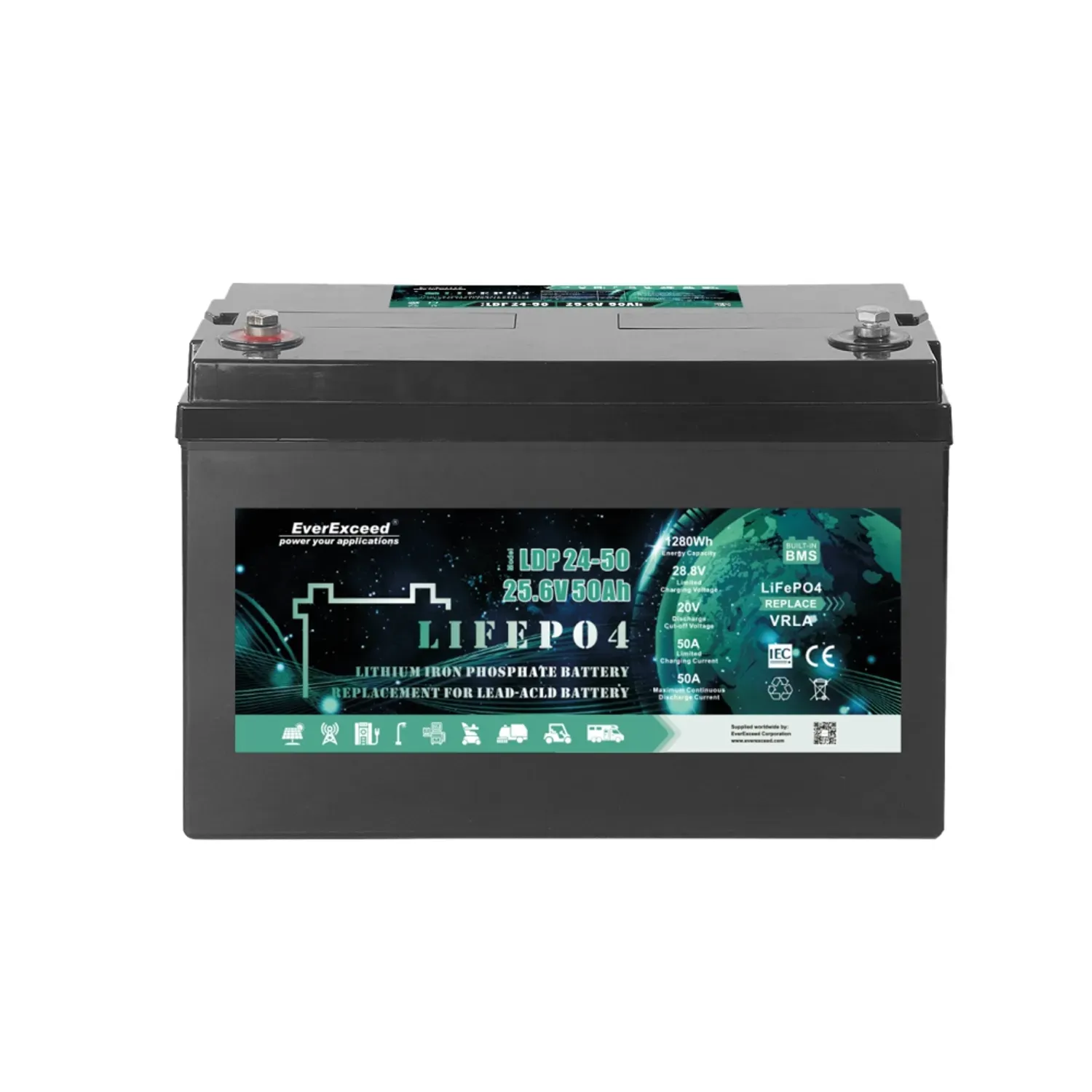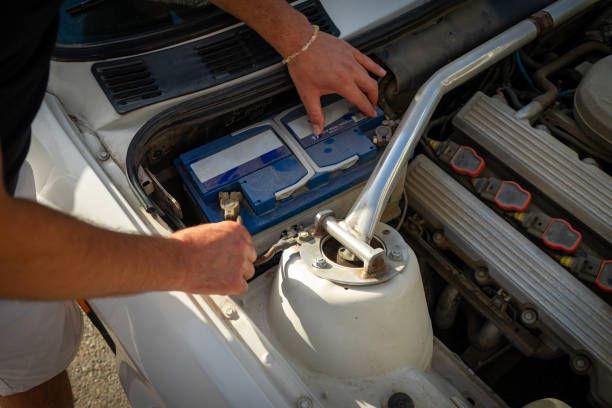
Get a Quote
How to Install Lithium Batteries in a Boat?
When it comes to powering your boat, lithium batteries are the superior choice due to their efficiency, lightweight nature, and long lifespan. This comprehensive guide will take you through the steps of how to install lithium batteries in a boat. Whether you're a seasoned boater or a novice, this article will provide you with the necessary information to ensure a smooth and successful installation.
Why Choose Lithium Batteries for Your Boat?
Advantages of Lithium Batteries
Lithium batteries have revolutionized the marine industry with their numerous advantages over traditional lead-acid batteries. Here are some key benefits:
- Longer Lifespan: Lithium batteries can last up to ten times longer than lead-acid batteries, making them a cost-effective investment over time.
- Lightweight: They are significantly lighter, which improves your boat's speed and fuel efficiency.
- Higher Energy Density: Lithium batteries offer more energy storage capacity, allowing you to power more devices and equipment on your boat.
- Faster Charging: These batteries charge faster, meaning less downtime and more time on the water.
- Low Maintenance: Unlike lead-acid batteries, lithium batteries require little to no maintenance.
Preparing for Installation
Assess Your Boat’s Electrical System
Before you begin the installation process, it's crucial to assess your boat's existing electrical system. Determine the power requirements of your boat and ensure that lithium batteries are compatible with your setup. Take note of the voltage and capacity specifications to choose the right lithium batteries for your boat.
Gather Necessary Tools and Materials
To install lithium batteries in a boat, you will need the following tools and materials: lithium batteries (ensure they meet your boat's specifications), battery cables, fuse or circuit breaker, battery management system (BMS), battery box or compartment, insulated tools, and safety gear (gloves, goggles).
Step-by-Step Guide to Install Lithium Batteries in a Boat
Step 1: Disconnect the Old Battery
Safety first! Begin by disconnecting the power to your boat to prevent any electrical mishaps. Remove the old battery by disconnecting the negative cable first, followed by the positive cable. Carefully lift the old battery out of the compartment.
Step 2: Prepare the Battery Compartment
Clean the battery compartment thoroughly to remove any debris or corrosion. Ensure the compartment is dry and well-ventilated. If necessary, make modifications to the compartment to fit the new lithium batteries securely.
Step 3: Install the Battery Management System (BMS)
A Battery Management System is essential for monitoring and protecting your lithium batteries. Install the BMS according to the manufacturer’s instructions. The BMS will help prevent overcharging, overheating, and ensure balanced charging across all battery cells.
Step 4: Position the Lithium Batteries
Place the lithium batteries in the battery compartment. Make sure they are securely fastened to prevent movement while the boat is in motion. Use a battery box or straps to keep the batteries in place.
Step 5: Connect the Battery Cables
Connect the battery cables to the lithium batteries. Start by connecting the positive cable to the positive terminal, followed by the negative cable to the negative terminal. Ensure all connections are tight and secure.
Step 6: Install the Fuse or Circuit Breaker
For added safety, install a fuse or circuit breaker between the battery and the electrical system. This will protect your boat's electrical system from potential short circuits or overloads.
Step 7: Reconnect the Electrical System
After securing all connections and ensuring everything is in place, reconnect the power to your boat. Turn on the electrical system and check for proper operation. Monitor the BMS to ensure the batteries are charging correctly.
Troubleshooting Common Issues
What If the Batteries Don’t Charge?
If your lithium batteries aren’t charging, check the following: connections to ensure all battery cables are properly connected; the BMS to verify that the Battery Management System is functioning correctly; and the fuse or circuit breaker to make sure it is not blown or tripped.
How to Maintain Lithium Batteries
Proper maintenance is key to extending the lifespan of your lithium batteries. Here are some tips: regular inspections to check the batteries for any signs of damage or wear; keeping them charged to avoid letting the batteries discharge completely; cleaning terminals to keep the battery terminals clean and free from corrosion; and storing them properly in a cool, dry place if storing your boat for an extended period.
Conclusion
Installing lithium batteries in a boat is a smart decision for boat owners looking for efficiency, reliability, and longevity. By following this guide on how to install lithium batteries in a boat, you can enjoy a seamless transition to better power management on your marine adventures. Remember to prioritize safety, use the correct tools and materials, and perform regular maintenance to maximize the benefits of your lithium batteries.
For those looking for high-quality lithium batteries, EverExceed is a leading manufacturer you can trust. With a strong reputation in the lithium-ion battery and solar energy storage industries, EverExceed offers top-tier energy storage solutions that ensure optimal performance and safety for your boat. Their innovative technology and commitment to excellence make EverExceed the ideal choice for your marine power needs. Explore EverExceed’s range of lithium batteries and make the smart switch today. Enjoy the open waters with confidence, knowing your boat is powered by the best in battery technology. Happy boating!


